It all began with food, water and shelter. The three basic needs that keep us alive. We constantly appreciate what we eat and drink. We drool over what we’ll have for lunch and we delight over our morning coffee.
But what about shelter?
Our homes are something we take for granted now, but they’re still as important for keeping us safe from the elements as they were in palaeolithic times.
Just like food and drink, our ability to enjoy our homes has advanced throughout the ages. This has led to the wonder of modern insulation. It is insulation that lets us see homes as places of leisure, rather than places to survive.
But when was insulation invented? Learn that and more in our complete history of insulation.
What is Insulation?
Asking this question in modern times will lead you to a list of the best insulation products. But in the context of history, that’s a bit limiting. At its core, insulation can be anything that stops hot or cold temperatures from moving from one place to another.
The question “when was insulation invented?” is difficult to answer because we’ve been insulating ourselves since the dawn of time. As you’ll see, many different materials have been used to insulate homes throughout history, and they all count as forms of insulation.
The Palaeolithic Period

The palaeolithic period is the scientific name for what you imagine when you think of ‘caveman times’. Long before R-Values and comfortable houses, it was a time when humans had to struggle for everything.
Hunting was quite literally hit-or-miss, predators were everywhere, and the heat or the cold could be a death sentence. Early humans barely had any tools, so homes were usually just caves or natural shelters where they could get out of the sun or the rain.
But even these people made attempts to insulate themselves. Leaf litter and animal furs were used for makeshift mattresses to protect from the cold ground below, and branches could be bundled together to cover cave openings.
Despite their limited understanding of the world around them, it was instinctual for early humans to want to keep the warmth in, and keep the cold out.
Ancient Egypt

A good answer for the “when insulation was invented?” question is the ancient Egyptian period. That’s because they were the first to incorporate insulation into the building process.
Ancient Egypt was much more fertile and temperate than it is today, so the insulation needs of ancient Egyptians were actually quite complex. In the summer months it was incredibly hot and dry, but at night and during winter it could get very cold.
To solve this, they ingeniously created mud bricks, which acted like stone blocks, and created their homes with them. These blocks were able to stop the cold air coming in at night, but they also retained less heat than stone in summer which stopped homes from overheating during the afternoon.
Ancient Greece
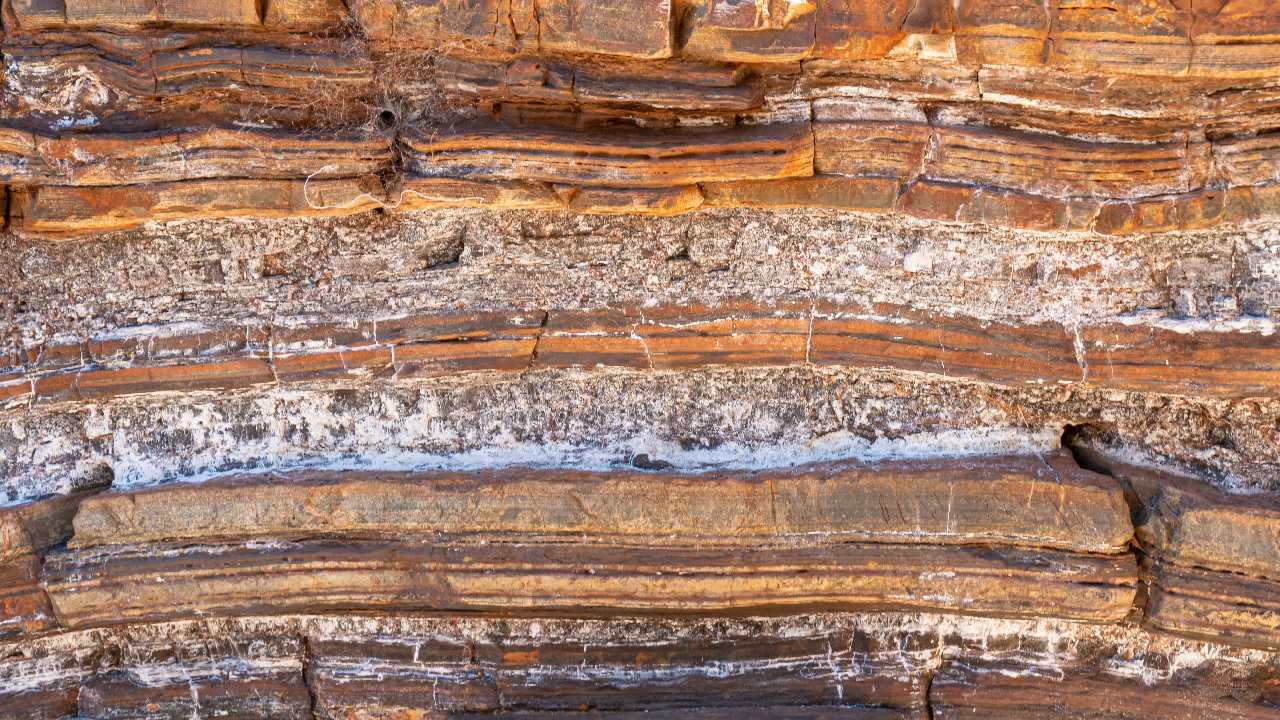
If the Egyptians were the first to integrate insulation into the construction process, the ancient Greeks were the first to create a genuinely original insulation product.
Asbestos, which means “inextinguishable” in ancient Greek, is a mineral first used for building purposes by the Greeks. “Inextinguishable” is strangely misrepresentative, because unlike wood or plant-based materials, asbestos is actually incredibly flame resistant. Historians chalk this up to the meaning of the word evolving.
Most early insulation materials were either highly flammable or easily destroyed by flame, so finding a naturally occurring, fire resistant mineral like asbestos was a major breakthrough in the ancient world.
Asbestos could also be woven into walls and roofs because it naturally occurs in a fibrous state, making it easy to weave. This paired well with another discovery attributed to the Greeks – realising they could regulate temperatures with air gaps.
By intentionally using air gaps in their homes, they could ventilate them in warmer months while closing them off in colder months to trap in the warm air. The malleability of asbestos meant they could easily shift it depending on the season, the maximise or minimise airflow.
The Romans

While the Greeks were the masters of insulating structures, the Romans invented insulation for specific parts of the home.
The Romans were pioneers of plumbing (which is a whole other story), but they quickly realised that transporting warm water was difficult because it would cool in transit. Given their love for bath houses, this was a big problem. No one likes a cold bath!
Ingeniously, they discovered that they could insulate pipes by wrapping them in cork casts. Cork is lightweight and very easy to shape, which made it ideal as a pipe lining.
As a concept, insulating pipes is still used today, and can even be thought of as a precursor to the insulated wiring that’s running through your home right now.
The Vikings
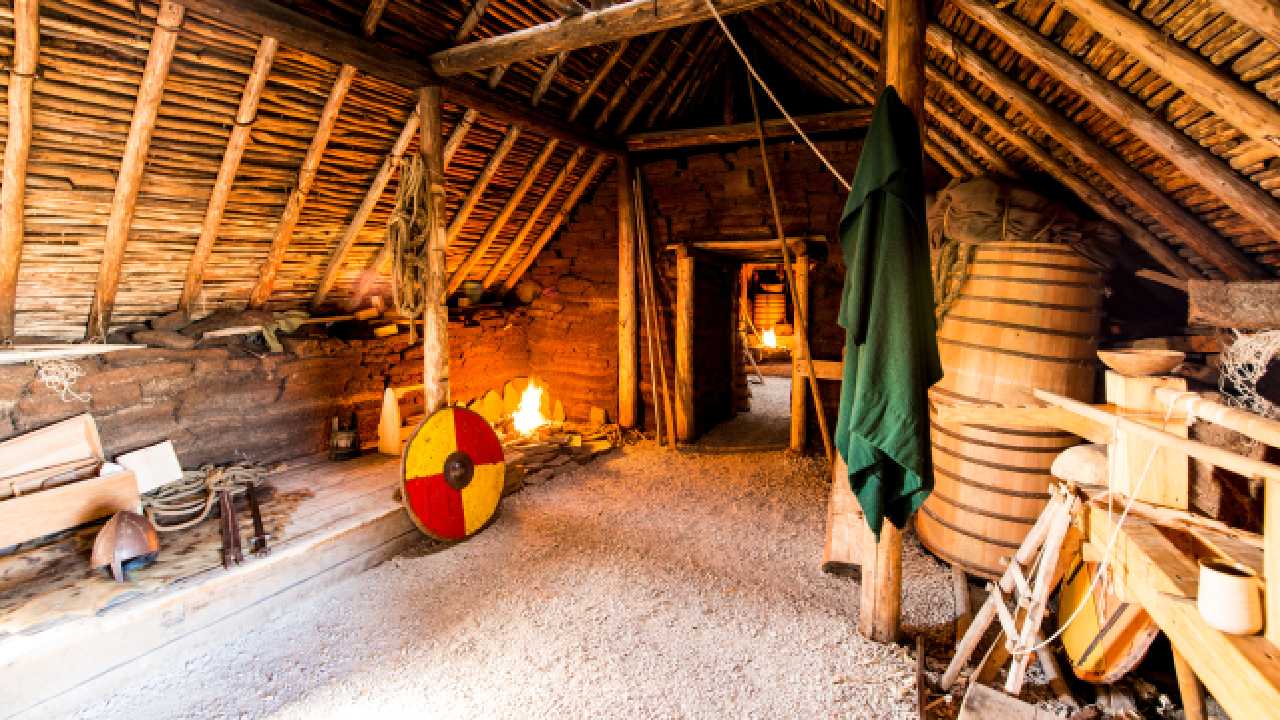
Compared to the accolades of the Greeks and the Romans, the Vikings might not seem to have advanced the history of insulation very far. But you have to take their climate into account.
In the fjords of Scandinavia, temperatures for much of the year fall well below 0℃. The Vikings also built primarily with wood, which they had an abundance of, rather than mud and stone. To keep the bitingly cold climate out of their great halls, they used a special mud resin to seal the gaps between logs and beams.
Unlike the materials used by their predecessors in history, wood degrades quickly over time in harsh conditions. This meant air gaps would constantly appear which lead to icy drafts. With outdoor temperatures so cold, their use of the mud resin was vital to keeping their buildings insulated enough for them to survive.
The Middle Ages
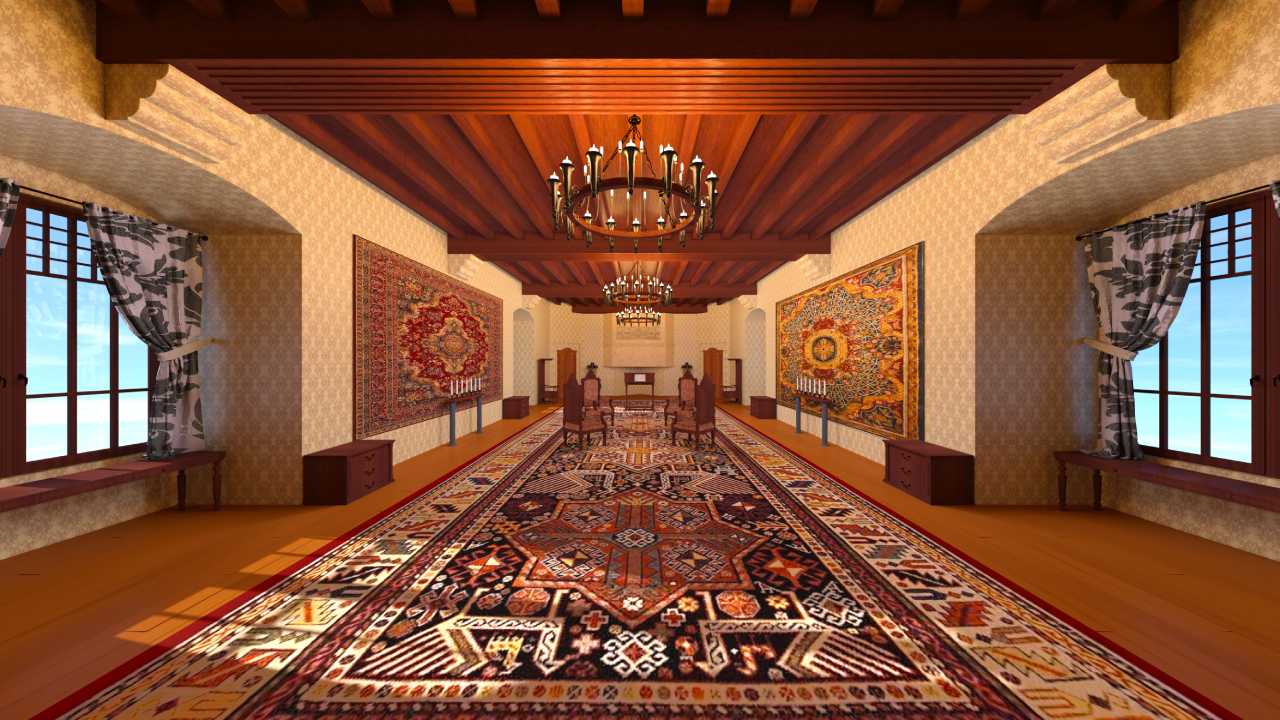
The middle ages are known for their many wars, but for this article one war in particular stands out – the war against drafts!
By this point in history, buildings were starting to become massive! This meant there were a lot more large spaces that were difficult to keep warm.
Similar to the Vikings, folks in the Middle Ages realised drafts were leaching out all the warm air their grand fireplaces were producing. Unlike the Vikings, their solution was much more elegant.
Enormous woven pieces of cloth, known as tapestries, were hung over the walls of Middle Ages buildings. Similarly, rugs that spanned entire rooms were used on floors. Each of these were decorated with dyes, and often depicted important events like battles or scenes from the Bible.
These pieces of art were quite heavy, and were extremely effective at insulating large rooms. To this day, they hold the crown of the most stylish form of insulation ever invented!
The Industrial Revolution

The industrial revolution saw the second wind of asbestos. As factories began to spring up all over Europe and America, the need for a versatile, heat resistant pipe insulation also grew.
Once it was being mass produced for pipes, manufacturers from other industries caught on to how cheap it was and started using it in various household objects, including as insulation.
Asbestos wasn’t the only form of insulation that grew in popularity throughout the industrial revolution era. One of the technical innovations of the industrial revolution were large scale printing presses that could manufacture newspapers on a massive scale.
Suddenly, people had huge amounts of paper at their disposal, and it quickly got used as insulation for filling cavities in roofs, walls and floors. Unbeknownst to the people using this wonderful new resource, they had stumbled on what would eventually become cellulose insulation.
The 30’s – 40’s
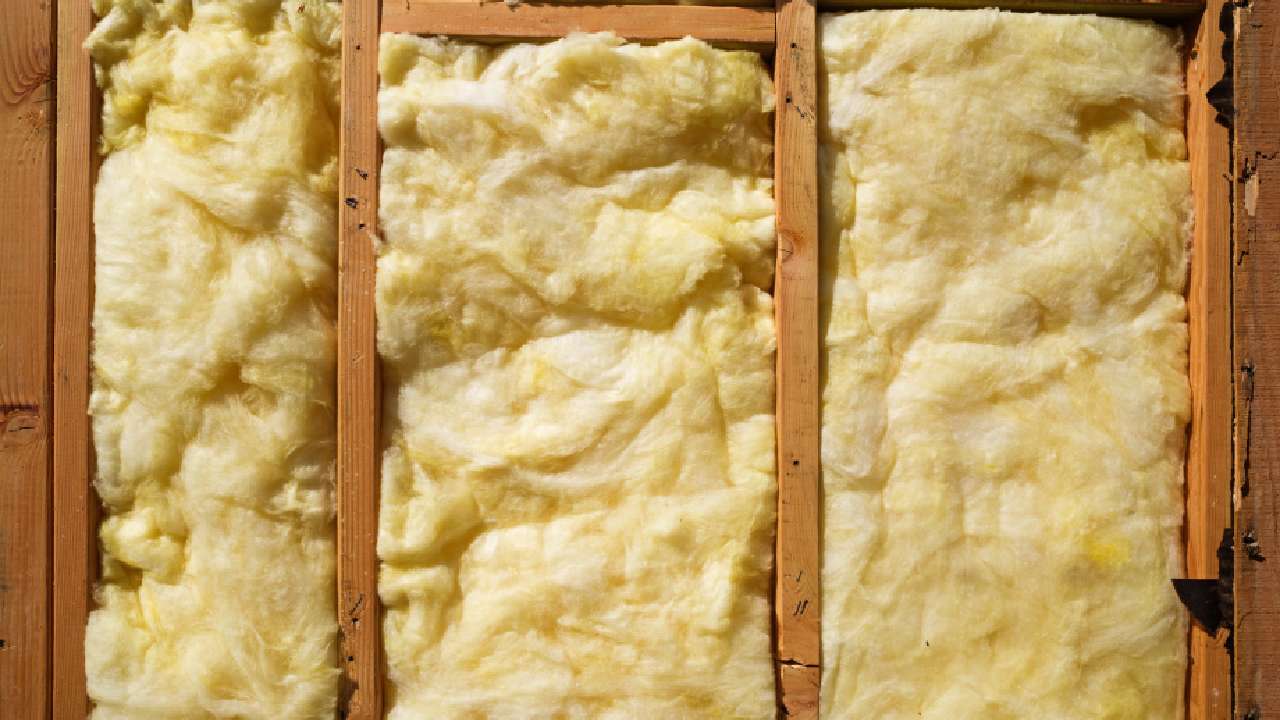
After its accidental discovery a century earlier, cellulose dominated the insulation landscape. It was easy and cheap to manufacture, and could be shredded or turned into paper mache to be easily applied. Unfortunately, it also had a major drawback that quickly saw it fall out of favour.
Cellulose was highly flammable. Since homes were now commonly containing technologies like electricity, fires from primitive wire faults were becoming much more common. Any home with cellulose insulation was practically a tinder box if something caused a spark.
Instead, a new form of insulation was invented. Glasswool, or fibreglass as it is most commonly known, was discovered in 1930 and is naturally flame retardant. It surged in popularity and largely replaced cellulose as the preferred insulation for most homes.
The 50’s – 80’s

While fibreglass remains a common choice today, the second half of the 20th century saw advancements in flame retardant technology. These made cellulose viable again because its flammable nature had been its only serious drawback. Then, in the early 1980’s, a third contender emerged.
Polyurethane spray foam had been used by militaries across the world for decades, but had finally made its way to the residential market. Its popularity soared because of its flame retardant qualities and how easily it could be installed. Rather than being fixed in place, it could be sprayed in cavities. This made it incredibly versatile.
The Present Day
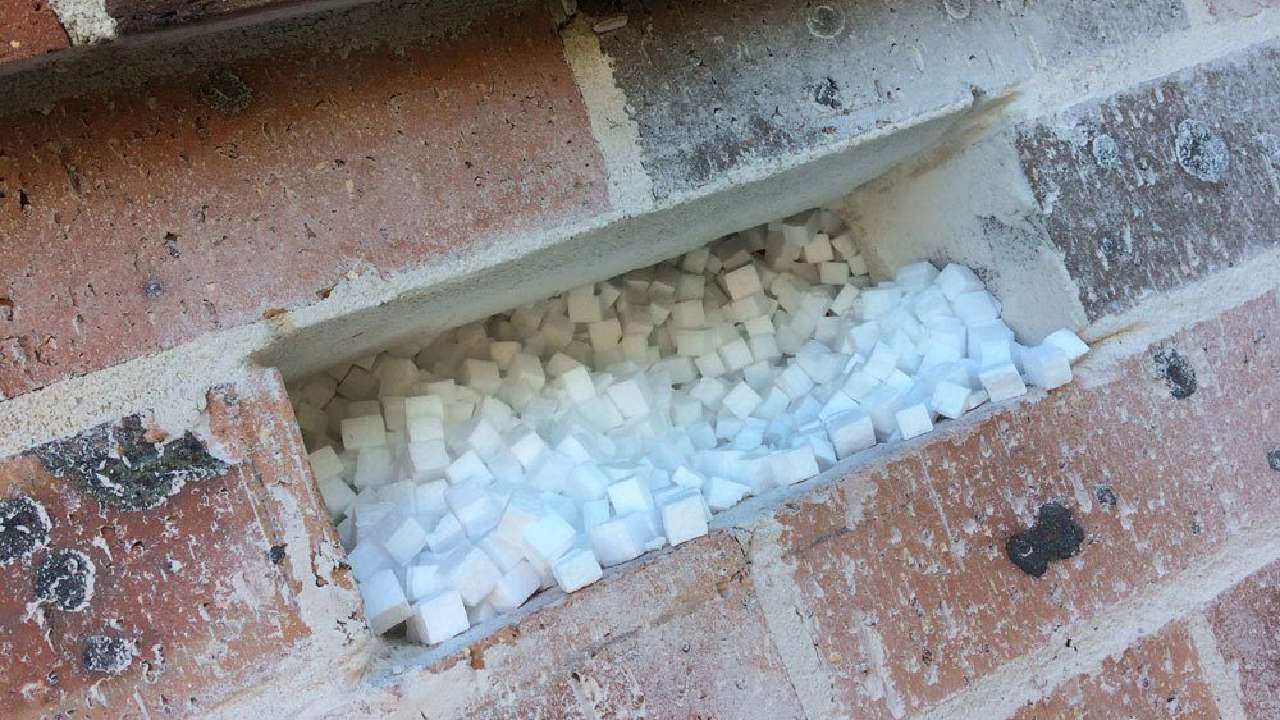
In the present day, cellulose, fibreglass and polyurethane foam remain the most popular insulations in the world. But a growing push to become more sustainable is seeing this balance shift again.
In a strange way, the history of insulation has come full circle. Insulation was invented to protect ourselves from nature. Now, we want to make sure that we are protecting nature from our own products.
A growing emphasis on insulation needing to be recyclable has seen the rise of products like INSULBLOCⓇ. INSULBLOCⓇ is made entirely from recycled polystyrene, taken from old insulation. Products like this are only the start of a market shift towards awareness about our environmental impact.
4 Seasons Insulation
4 Seasons Insulation may not have invented insulation, but they sure have perfected the art of installing it!
For underfloor, wall cavity or roof insulation, as well as top-up insulation and old insulation removal, 4 Seasons offer a high quality service. They also offer INSULBLOCⓇ, the most effective recycled insulation on the market.




















